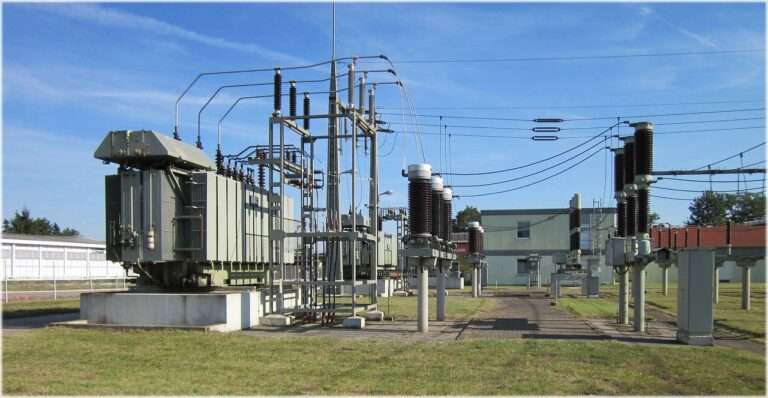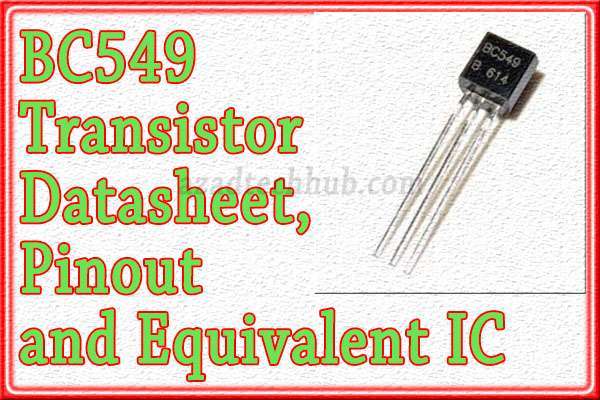Electrical Interview Questions: Important Overview
You never know Which electrical interview question might change your career status from jobless to employed. This all depends on your selection of topics. When an electrical engineer gets an interview call, there is always a hurry to find the topics and electrical engineering interview questions.

Table of Contents
Electrical Interview Questions
Being unemployed is the hardest thing on the planet. Especially when you have already every method to find the right job. Here in this article, we, are trying our best to mention important electrical interview questions which may increase your confidence by knowing the answers.
What are the per unit or “p.u” values in electrical?
Whenever we tend to solve an electrical circuit, there are different components involved in the circuits. Each component including transformers, cables, generators, etc. has a different set of units like MVA and Kilovolts or KV.
So, to solve the electrical circuit we need a common unit for the circuit per-unit values to play an important role. Normally the largest values are considered as the base values and the actual values are divided by these base values to get the per unit (p.u) values.
How do you define an encoder? How does it function?
We can define an encoder as a circuit that converts or transforms one type of logical information into compressed logical code. For example, if we have information in the form of binary code consisting of bits and convert it into a smaller number of binary codes or several bits, we use an encoder. The transformation formula is 2^N as the input binary inputs and here “N” is the number of binary outputs.
Why do we need to improve the power factor in circuits?
When the power factor in the circuits is low we require more power to overcome the losses or we can say losses of the circuits increase. Therefore, we require larger cable sizes to transmit the increased demand for power. Improving the power factor means bringing it close to unity saves additional losses on transformers. Want to learn the easiest method to improve the factor of any circuit? Follow the link to design the capacitor size for power factor improvement.
How would you define a two-phase Motor?
When we talk about a two-phase motor, there is always a phase split between the running winding and the winding which we use to start the motor. This phase split provides the initially required torque to start the motor. We can find this type of phase split in ac servo motors.
What is the vector group in power transformers?
The vector group tells us about the primary and secondary connections of the transformers. Normally when we say “Yy6”, it means primary is “Y” connected and secondary is also “Y” but the voltages in the secondary lag by 180 degrees.
How do you define armature reaction?
Whenever armature flux interacts with the main flux of the rotor, we call this reaction of armature flux the armature reaction. This is the most asked electrical interview question for freshly graduated engineers. So, when this armature flux generates in the circuit, it either opposes the main flux or supports the flux as a result resultant flux increase.
Induction motors, synchronous motors, and DC motors are three different types of motors. Which one requires a higher starting current or torque?
In the case of the induction motor and the synchronous motor, if there is a load , we cannot start them. But when we compare the DC motor, we cannot start the DC series motor without load because it has high starting torque.
Where do we use the vacuum circuit breaker?
On the transmission line having voltages in the ranges of 11KV to 33KV we use the Vacuum circuit breaker commonly known as “VCB” in short form. The arc generation during the opening of the contacts, it quenches through the vacuum in the circuit breaker.
This type of circuit breaker is normally used in medium voltage applications where transmission line voltages reside lower than 33KV. Mostly electrical interview questions will be from circuit breakers and their types or usage. Circuit breakers cover a lot of portions of electrical interview questions.
How do motors operate? How do you define the principle?
Whenever we place an inductor inside a magnetic field, the flux generated from the magnetic field gives a push to that conductor with a twisting force which we refer to as torque. So, the conductor rotates and we get the mechanical energy in return. This mechanical output can be used anywhere to get the desired outcome.
What are free-wheeling diodes?
Whenever the connected load is inductive in nature, it generates a spike which we reduce by using the diodes. These diodes we refer as free-wheeling diodes. Arching and sparking across mechanical devices significantly reduce by using free-wheeling diodes. They also reduce harmonics in the circuit.
How to start an induction motor? Which methods do we employ to do so?
There are different methods to start an induction motor. The most common methods include a series reactor starter, auto transformer starter, resistance starter, star delta starter, and the DOL or direct online starter. This is mostly asked electrical interview question in industry interviews.
What happens if we connect the DC power supply to the primary side of a transformer?
As we know there are two components involved in the impedance calculation which include inductance or reactance and resistance. In the case of transformers, they have very inductance and low resistance. Inductance is high because of the windings. When we apply the DC supply, due to the low resistance of the transformer; a higher amount of current passes through the windings which may burn them.
Why we Use Thyristors for Speed Control?
Thyristors as compared with the IGBTs, MOSFETs, and BJT, are capable of switching very fast. The accuracy of Thyristors is very high and the cost is very low. These are the reasons behind the usage of thyristors in speed control.
What is ACSR Cable?
Aluminum conductor steel reinforced is the full form of ACSR. This is basically a bundle and bare conductor which is normally used in overhead transmission lines for long distances.
What is AVR?
AVR is an abbreviation of automatic voltage regulator and is a vital part of synchronous generators where it controls the excitation current. Therefore it monitors the output voltage and reactive power of the generator.
What are HRC Fuses?
HRC fuses are high rupturing current fuses. These fuses can bear large amount of current in normal operation. HRC fuses blow in case of short circuit current and overloads. These fuses contain some chemical compound inside, which during the blow of metallic wire inside reacts with the melting fumes and hence stops the arc. Therefore, there is very less chance of flashes around the circuit if a selection of HRC fuse is proper. These fuses find applications in solar systems, transformers, different types of pumps and motors.
Read more important electrical interview questions related to the field of power electronics here.
Worth Read Posts
Follow us on LinkedIn”Electrical Insights” to get the latest updates in Electrical Engineering. You can also Follow us on LinkedIn and Facebook to see our latest posts on Electrical Engineering Topics.


